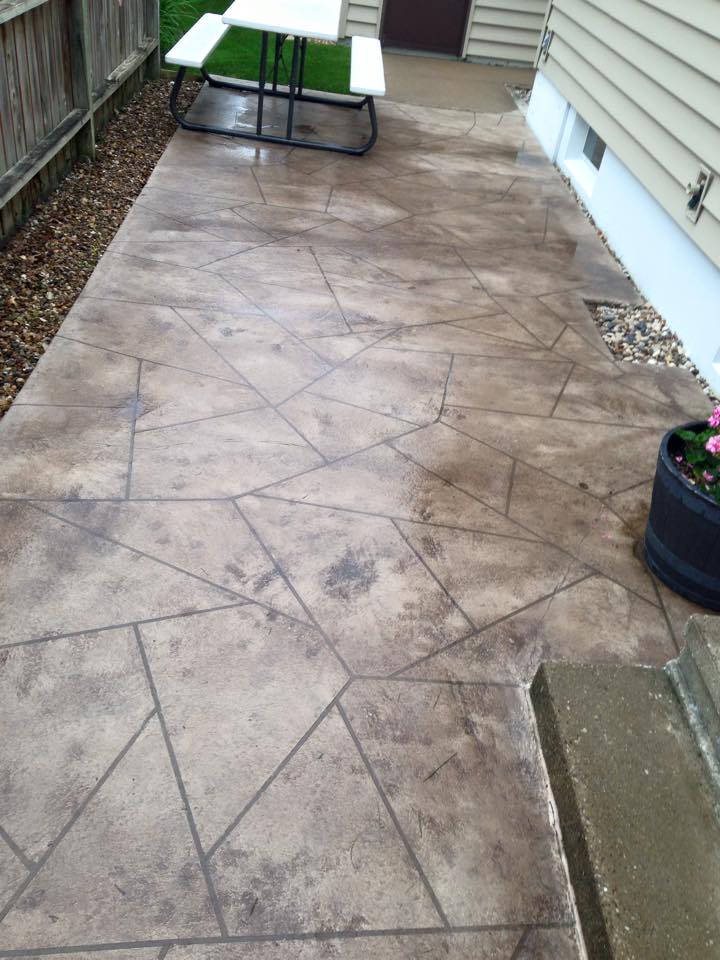
CONCRETE OVERLAY PROS AND CONS HOW TO
Time: 04:28 HOW TO APPLY COLOR HARDENER TO CONCRETEĬolor-hardener is tossed or broadcasted over a concrete surface that is in a plastic state. The surface is now stronger and more wear resistant than regular concrete, the surface is also less permeable, preventing the intrusion of water, salts and other stains," says engineer and architectural concrete expert, Jeff Potvin. "Color-hardener is a layer that can be up to 1/8" thick and have a compression strength up to 8,000 psi which is twice the strength of the concrete base. "Not only do they expand your color palette, but hardeners also reduce color-related callbacks and produce a better surface finish," he adds. "I am a big proponent of color hardener! Using color hardener produces a stronger, brighter, more durable concrete surface than using integral color alone," says Chris Sullivan, Vice President of Sales at Fenix Group. Offers a greater selection of colors in more vibrant hues (see color charts).Produces a stronger, more durable concrete surface.However, on indoor projects, especially if the concrete will be polished, concrete densifiers are a better choice. For example, contractors can apply one or more accent colors of hardener to achieve subtle tonal variations, such as you would see in natural stone.īecause color hardeners improve the strength and density of the concrete surface, they are a great choice for exterior slabs exposed to freeze-thaw cycles and deicing salts and for interior floors exposed to heavy foot traffic and abrasion. Hardeners also produce more robust tones than possible with integral pigments and permit greater variability.


Concrete FX in Agoura Hills, CA WHERE TO USE COLOR HARDENERĭecorative contractors often use dry shakes to color stamped concrete or concrete overlays because the rich surface paste helps to produce sharper imprints.


 0 kommentar(er)
0 kommentar(er)
